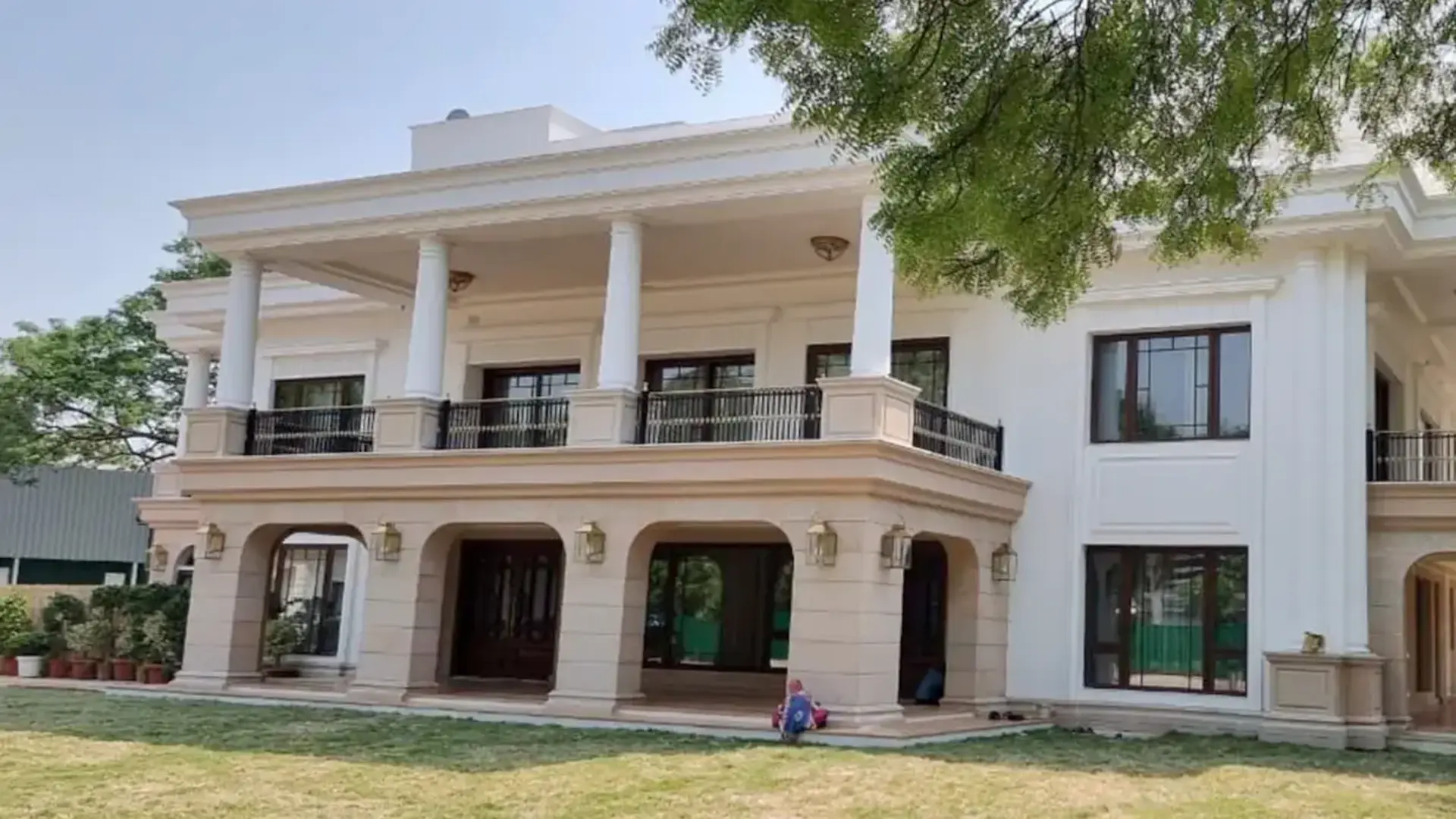
Designing small spaces, whether commercial or residential, requires thoughtful consideration of several key parameters to optimize functionality, aesthetics, and overall ambiance. These parameters ensure that even compact spaces can feel spacious, inviting, and efficient.
1. Understanding the intended usage and ensuring accessibility are foundational parameters. This involve efficient layout planning of the space keeping the client requirement in mind.
2. Natural light plays a crucial role in enhancing the perception of space and creating a bright, welcoming environment. Strategically placing windows can amplify natural light, creating an illusion of a much brighter and bigger place.
3. Maintaining a sense of openness and avoiding clutter is essential. This can be achieved by selecting minimalist furniture and decoration pieces that serve practical purposes without overwhelming the space.
4. Avoiding heavy wall treatments such as wall claddings, textured paint or bold and heavy wallpapers helps maintain visual openness and prevents the space from feeling confined.
5. Curtain and window dressing are extremely important in small spaces. Avoiding heavy fabric, with strong and bold prints. Avoid blocking the natural light during the day time by using curtains. Soft fabrics that bring in diffused light should be preferred.
6. Incorporating elements that contribute positively to the ambiance is another key consideration. Opting for decor that promotes a sense of peace and positivity can significantly influence the overall feel of the space.
7. Color selection plays a pivotal role in small space design. Utilizing a carefully curated palette can visually expand the space and create a harmonious atmosphere. Soft, neutral tones and strategic pops of color can add depth and interest without overwhelming the senses.
8. Avoiding bulky and boxy furniture maintains an open flow and prevents the area from feeling cramped. Sleek and straight line furniture is great for small spaces.
9. Furniture choices should prioritize functionality and visual lightness. Opting for sleek modular pieces can facilitate flexibility and ease of movement within the space. For example, a foldable dining table or study table in spaces that are small.
10. Creating multifunctional spaces avoids the use of unnecessary walls therefore reducing the need of different rooms. Combining bathroom and walk in closet is one such example of reducing the need of unnecessary spaces in small homes.
11. Effective illumination is crucial in small spaces. A combination of ambient, task, and accent lighting can enhance functionality and create various moods throughout the day. Using adjustable lighting fixtures and integrating natural light sources further enhances the flexibility of the space.
12. Creating connectivity between spaces, such as integrating an open kitchen and dining area, fosters a sense of unity and openness. This approach not only maximizes available space but also promotes interaction and functionality, particularly in smaller residential settings.
In summary, designing small spaces requires a balanced approach that considers usability, aesthetics, and ambiance. By focusing on practicality, light, minimalism, color harmony and spatial connectivity, designers can transform even the most compact spaces into inviting and functional environments that enhance the quality of life for their occupants.
The author is the Founder of Aria Interior Designs.















